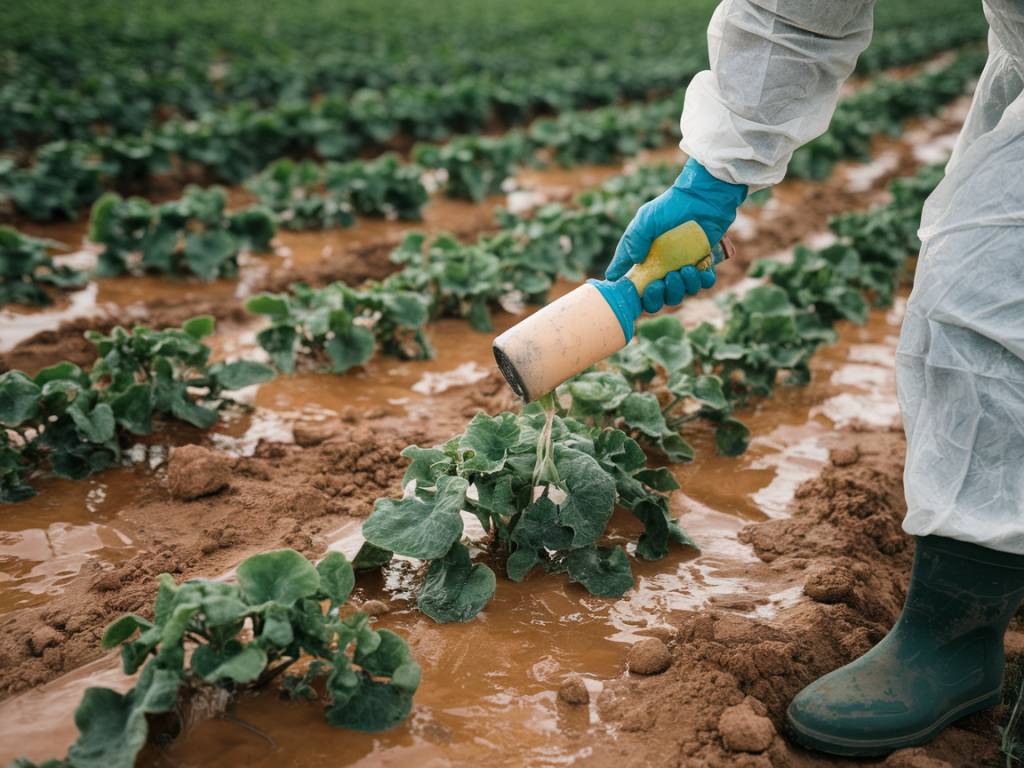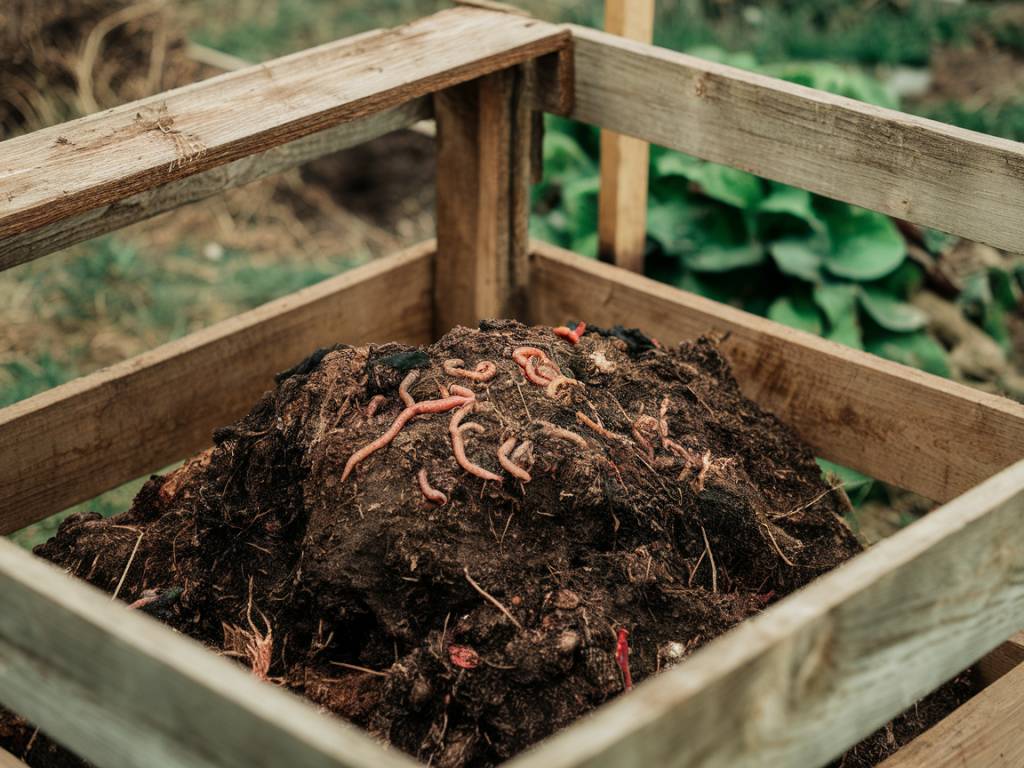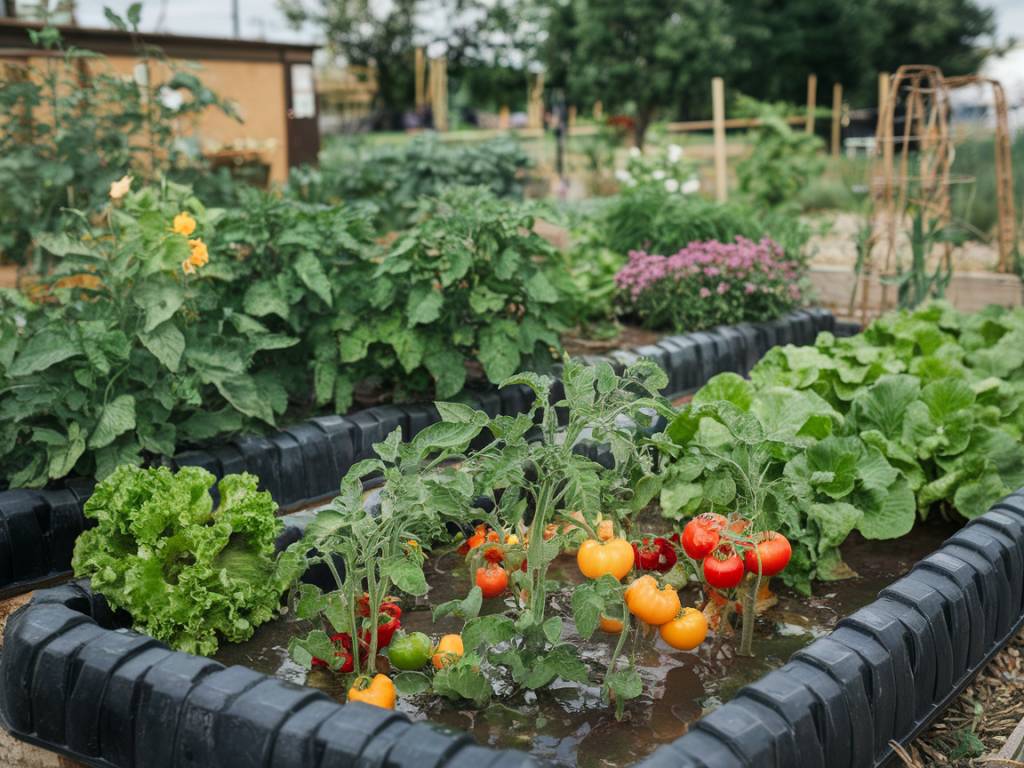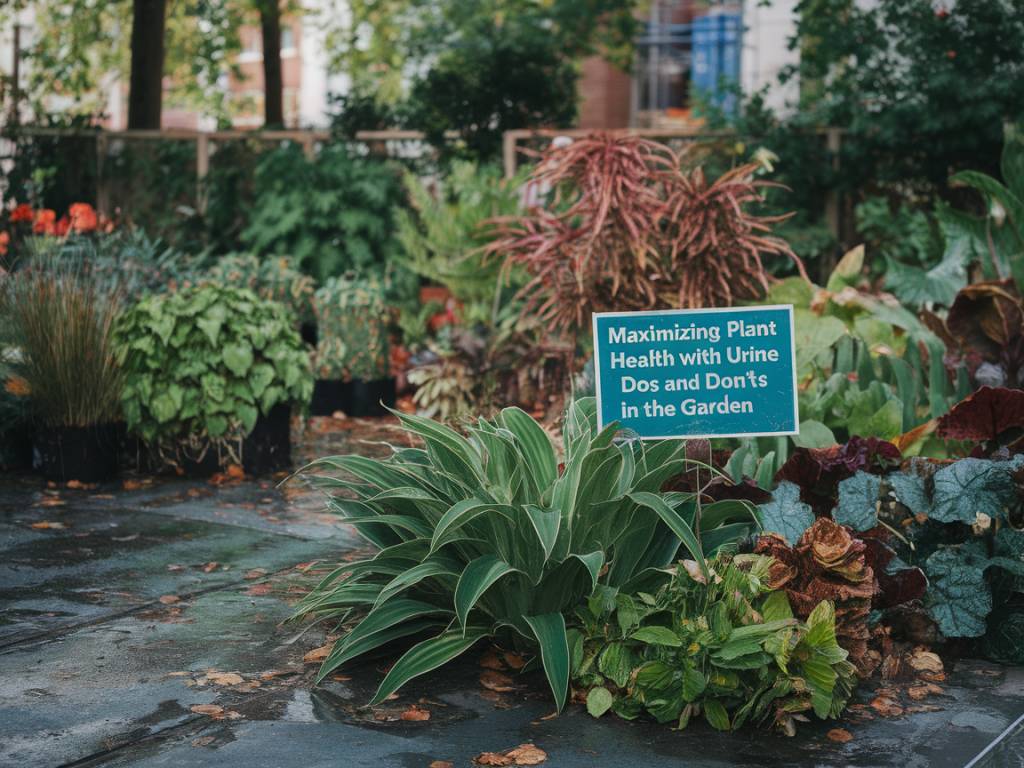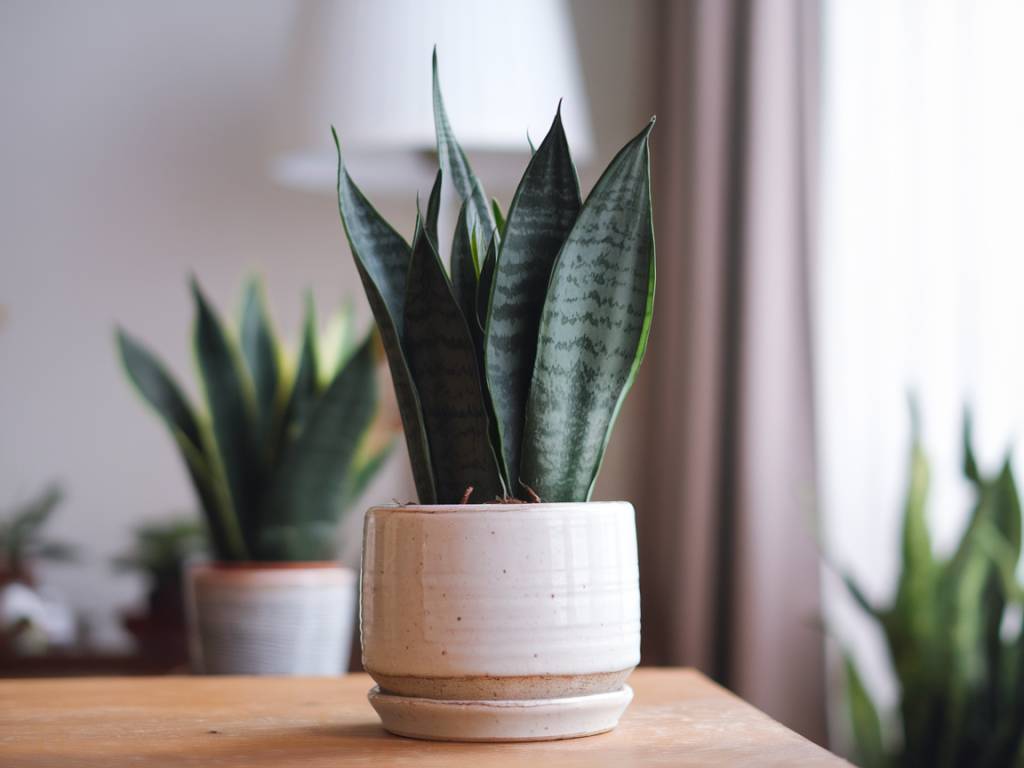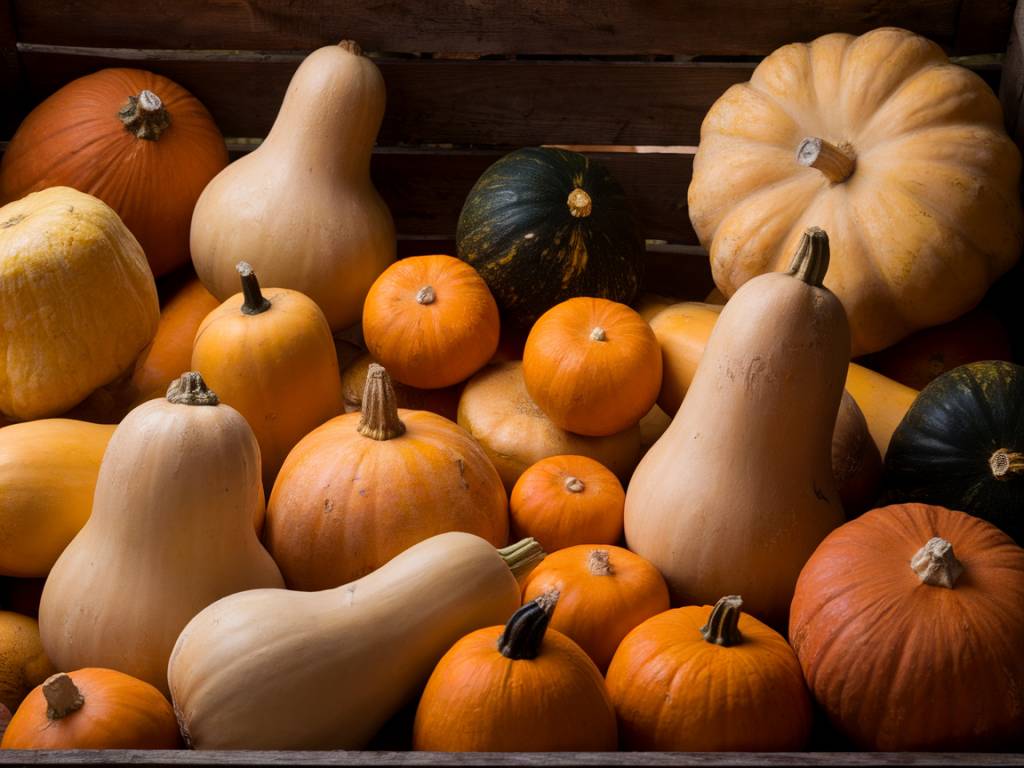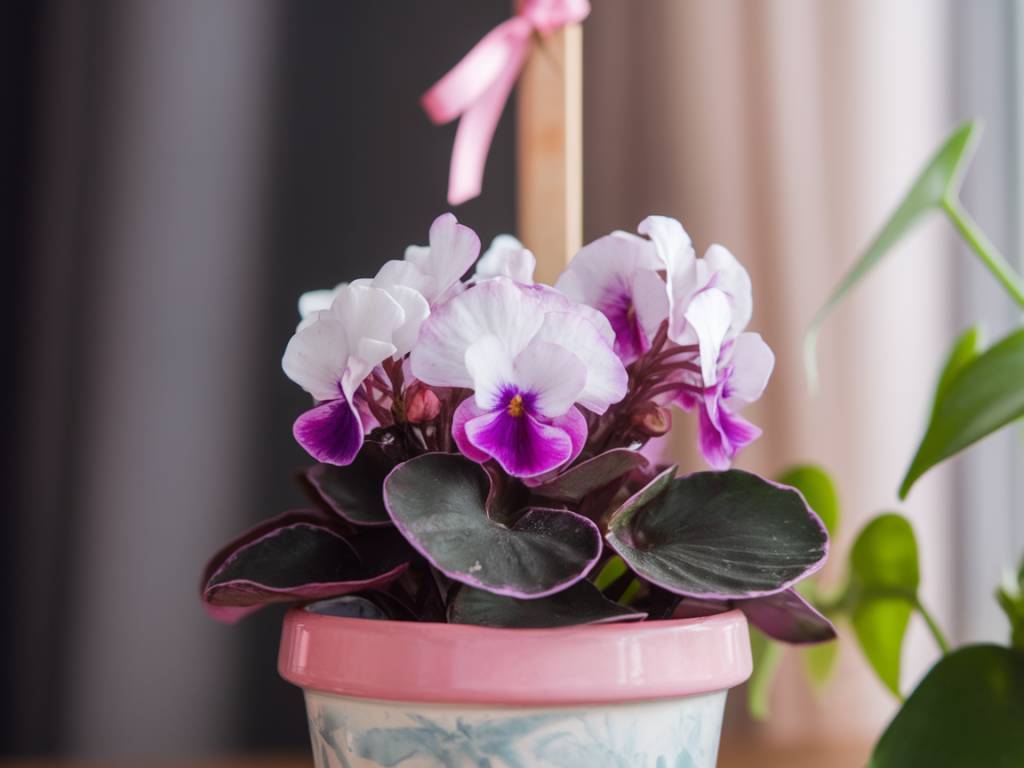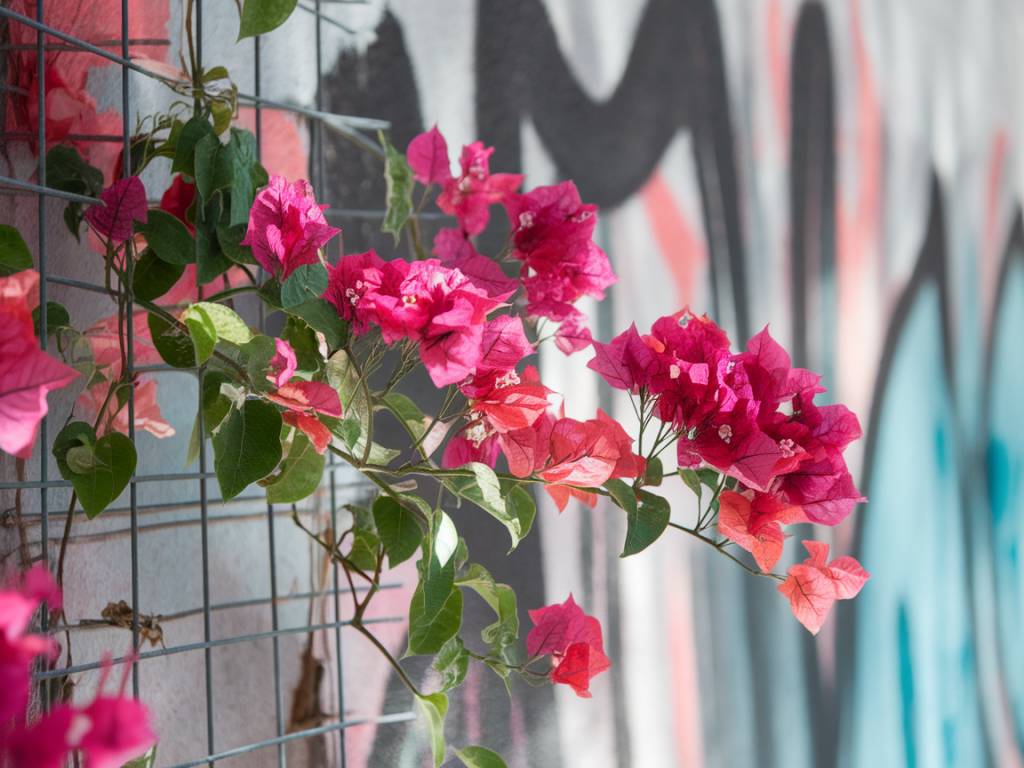The Secret Ingredient for Lush Gardens: Human Urine
When we think of garden fertilisers, our minds often turn to compost, manure, or commercial products. Yet, one of the most effective, natural, and readily available options is something many people overlook. It’s human urine. Yes, you heard me right! Urine has been used for centuries to boost plant growth, and it’s high time we rediscover this ‘liquid gold’.
Why Urine Works as a Fertiliser
Urine contains a wealth of nutrients essential for plant growth. Most notably, it is rich in nitrogen, an essential component for leafy plant development. Let’s break down why urine is such an effective fertiliser:
- Nitrogen: This is the nutrient most often lacking in soil, and urine provides it in abundance. Nitrogen promotes fast and healthy vegetative growth.
- Phosphorus and Potassium: These are crucial for the overall health of the plant, aiding in root development, flower and fruit production, and disease resistance.
- Micronutrients: Trace elements such as calcium, magnesium, and sulphur are also present in urine, contributing to the plants’ overall well-being.
How to Collect and Store Urine for Fertilisation
Collecting and storing urine is simple, but there are a few tips to keep in mind to ensure you get the most out of it while maintaining hygiene and safety:
- Collection: Use a clean, dedicated container for collecting urine. If you wish to keep things discrete, a sealable plastic bottle works well.
- Storage: Fresh urine is best, but it can be stored for up to 24 hours. If you need to store it longer, make sure the container is tightly sealed and keep it in a cool, dark place.
- Safety: It’s generally preferable to use urine from healthy individuals who are not on medication. Always wash your hands thoroughly after handling.
Applying Urine to Your Garden
The most important aspect of using urine as a fertiliser is to get the application right. Here’s how to do it correctly:
1. Diluting Urine
Undiluted urine is too strong and can harm plants. The key is to dilute it properly. A good rule of thumb is a ratio of 1 part urine to 10 parts water. For more sensitive plants, you can use a weaker solution, such as 1 part urine to 15 parts water.
2. Timing and Frequency
Urine can be applied as often as once a week during the growing season. For best results, apply it in the early morning or late afternoon when the plants are less likely to be stressed by the sun. Avoid applying urine during periods of drought or high heat as this can cause salt build-up in the soil, which harms plants.
3. Targeting the Right Plants
Not all plants respond equally to urine fertilisation. Leafy greens such as lettuce, spinach, and kale thrive with the nitrogen boost. Fruiting plants like tomatoes and peppers also benefit, but be cautious not to over-fertilise as this can lead to excessive foliage growth at the expense of fruits.
It’s also beneficial for nitrogen-fixing plants such as legumes, which can further enrich the soil for a holistic garden approach.
4. Applying to Soil vs. Foliar Feeding
The most straightforward method is soil application. Simply pour the diluted urine at the base of your plants, taking care to avoid direct contact with the leaves. Alternatively, you can use a watering can for a more even distribution.
Foliar feeding, where the solution is sprayed directly onto the leaves, can provide a quick nutrient boost but should be done sparingly. Always use a very diluted solution for foliar feeding to prevent leaf burn.
Addressing Concerns About Using Urine
Understandably, the idea of using urine as a fertiliser may raise some concerns. Let’s address common questions and worries:
1. Odour
When diluted and appropriately applied, urine does not leave a lingering odour. The soil and plants quickly absorb the nutrients, minimising any scent.
2. Pathogens
For healthy individuals, urine is generally sterile when it leaves the body. However, soil microbes break down any potential pathogens quickly. If you’re particularly concerned, letting urine sit for 24 hours before application can neutralise bacteria further.
3. Salt Content
As long as you stick to proper dilution ratios and avoid over-application, salt build-up should not be a problem. Regular watering helps to flush excess salts from the soil.
Combining Urine with Other Natural Fertilisers
Urine works incredibly well on its own, but combining it with other natural fertilisers can create a balanced nutrient profile for your garden. Here are some complementary fertilisers:
- Compost: Rich in organic matter and beneficial microorganisms, compost improves soil structure and provides a slow-release nutrient supply.
- Mulch: Using organic mulch such as straw, leaves, or wood chips can help retain moisture, suppress weeds, and gradually amend the soil.
- Seaweed: Seaweed extracts or composted seaweed can add trace minerals and growth hormones, enhancing plant health.
- Anima Manure: Providing a different nutrient profile, animal manure can be particularly beneficial when well-composted and aged.
My Personal Experience with Using Urine
In my own garden, I’ve found urine to be an exceptional and sustainable fertiliser. One season, my leafy greens flourished like never before, reaching a lushness and vitality I hadn’t previously achieved with commercial fertilisers alone.
Additionally, I noticed fruits like tomatoes developing more robustly, with fewer signs of nutrient deficiencies. This practice has not only boosted the health of my plants but also reduced waste and reliance on chemical inputs.
Giving It a Try
If you’re new to the idea of using urine in your garden, start small. Choose a few plants or a section of your garden to experiment with. Track their growth and health compared to areas not receiving urine fertilisation. This can help you gauge its effectiveness and fine-tune your application methods.
Remember, gardening is as much an art as it is a science. By observing your plants and responding to their needs, you’ll learn to use urine effectively and confidently as a natural fertiliser.
Thanks for joining me in exploring this fascinating and eco-friendly gardening practice. Feel free to leave comments or share your own experiences with using urine in the garden. Together, we can cultivate healthier plants and a more sustainable environment.
Happy gardening!
Samanta

